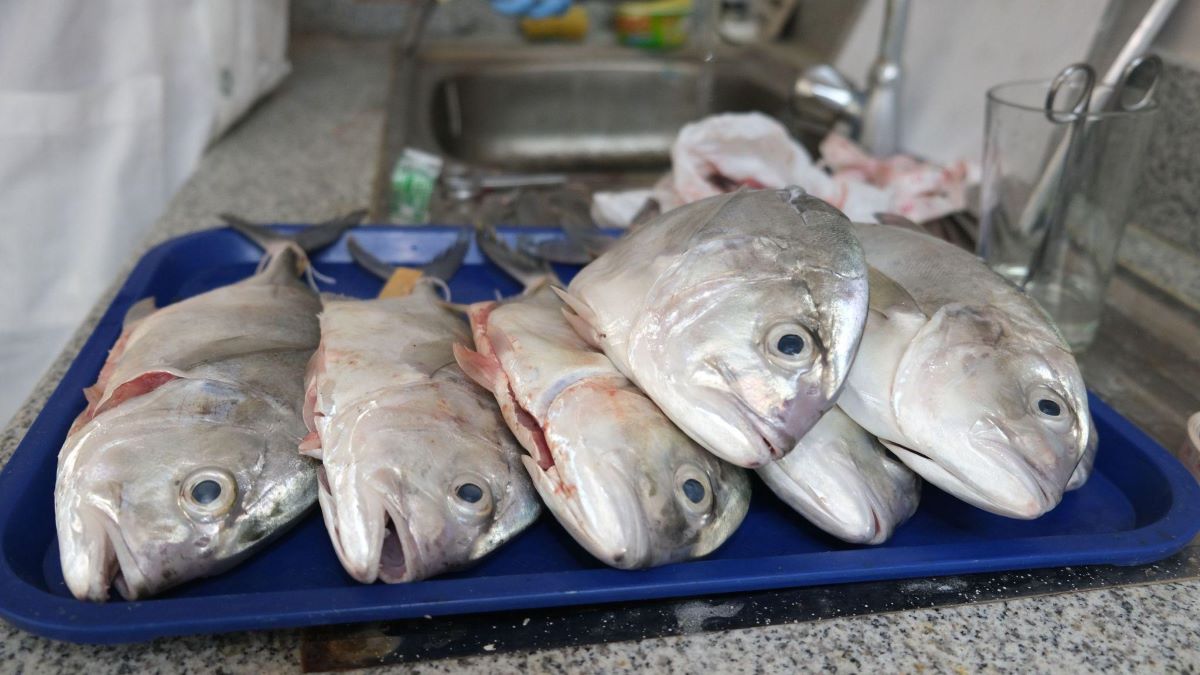UP biologists develop microsatellite markers to monitor maliputo fish

Biologists from the University of the Philippines have developed microsatellite markers for maliputo, a fish known for its high market value.
UP Diliman Institute of Biology's Shenna Kate Torres, Verinna Charisse Mangonon, and Maria Theresa Tengco, along with project leader Dr. Brian Santos of both IB and the Natural Sciences Research Institute (NSRI), developed the microsatellite markers for monitoring and conservation efforts.
With its large size and excellent meat quality, maliputo has been cultured in captivity through the initiatives of the Department of Agriculture-National Fisheries Research and Development Institute.
When captured in marine waters, this fish is known as "talakitok," and in freshwater, it is called "maliputo."
Depending on the water source, maliputo can cost between P400 and P700 per kilogram, the DA-NFRDI said.
“As it became a target fish, studying its biology is important to prevent overexploitation and to ensure sustainable aquaculture practices,” Torres was quoted as saying by the UP Diliman College of Science.
According to the US National Human Genome Research Institute, a microsatellite ''refers to a short segment of DNA, usually one to six or more base pairs in length, that is repeated multiple times in succession at a particular genomic location.''
“Molecular markers, like microsatellites, act as tools to identify which populations are adapting well to their environment and to determine how different groups are related to each other," Torres said.
The UP Diliman College of Science stated that understanding the population structure serves as a foundation for management plans aimed at conserving and sustainably managing the fish population.
“If we want to expand aquaculture practices for this species, genetic diversity studies can pinpoint seed stock populations or breeders with high genetic variation, or what we can call fit breeders,” Torres said.
“By selecting these diverse and fit breeders, we can enhance the resilience and growth rates of the farmed fish populations.”
The biologists aim to utilize microsatellites and other genetic markers to analyze wild and hatchery-grown populations of maliputo across the Philippines. —VBL, GMA Integrated News




